The majestic sight of a bird of prey circling higher and higher into the sky until it almost disappears is a beautiful sight. Every time I see this I long to be up there with it, gliding effortlessly over the landscape. But why do birds fly in circles like this?
Birds fly in circles because they are gliding on rising columns of warm air called thermal updrafts. Larger birds must conserve energy when flying and to do this they soar instead of flapping their wings. Smaller species such as Pigeons and Starlings will also circle but for different reasons.
Continue reading to discover some amazing facts about why birds circle. They are undoubtedly the masters of the sky and we can only dream of flying as they do. The information in the paragraphs below will fuel your dreams just a little more.

What Is A Thermal Updraft?
The energy from the Sun is absorbed by the earth. Anywhere there are patches of cleared land that are exposed to the sun, the land becomes warm and warms the air above it.
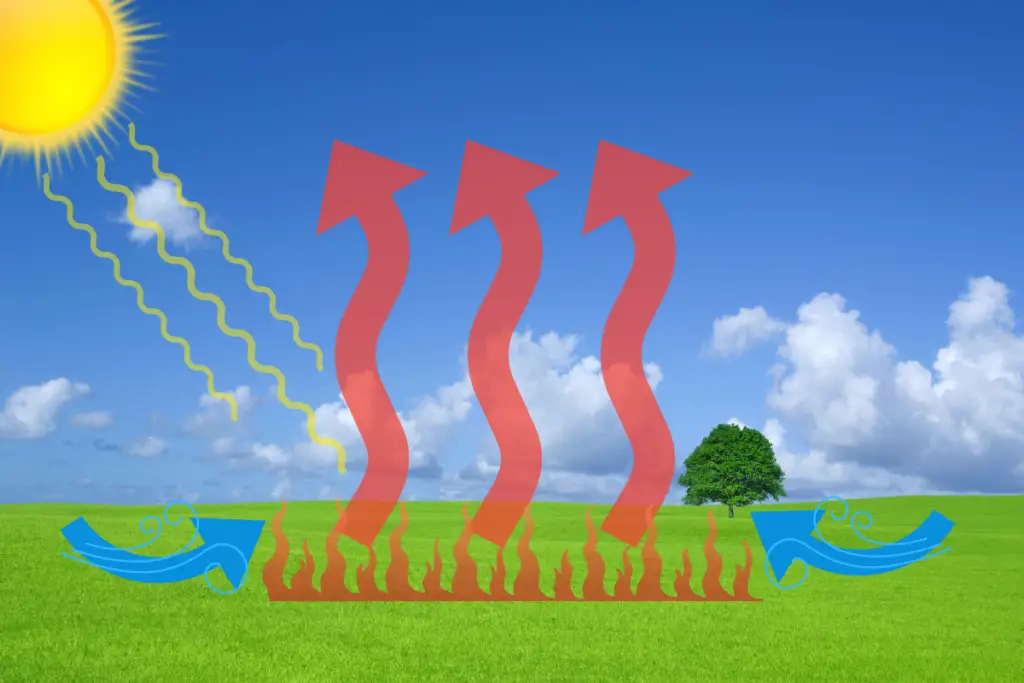
As the air warms, it becomes less dense and begins to rise. When this happens, cooler air rushes in to replace it which forms what is called a convection current.
The column of rising heated air is called a thermal updraft and this is what larger birds make use of. Multiple thermals can be created within proximity to each other.
By mid-morning as the sun starts to heat up, these thermals start to create strong enough winds for birds to soar upon them. They can fly between updrafts to move from one place to another without having to flap their wings.
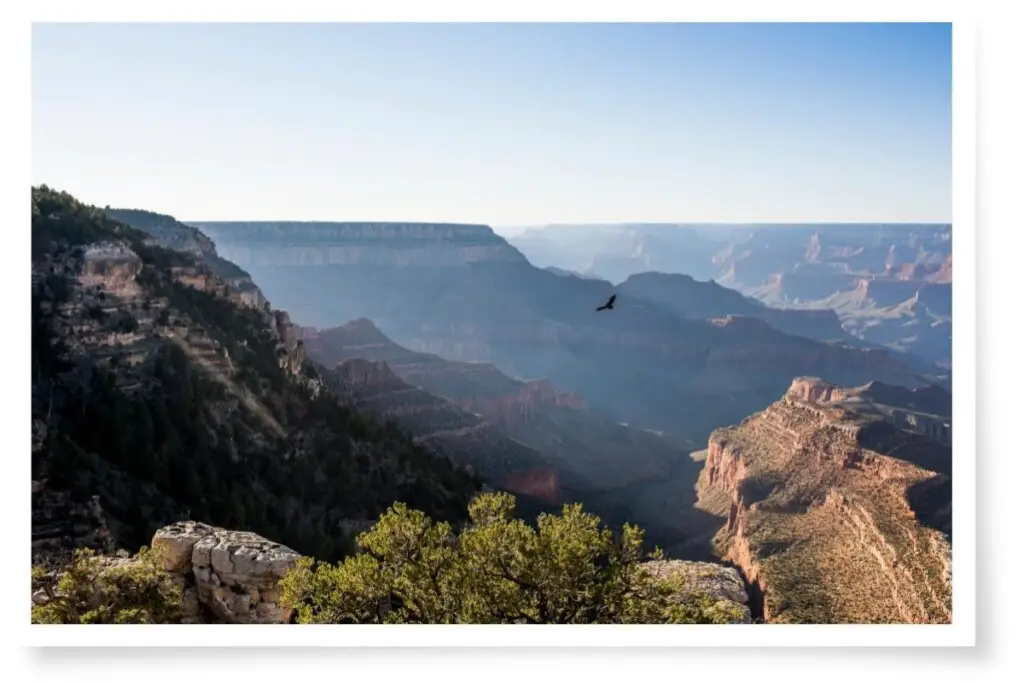
The warm air in a thermal updraft will continue to rise, hundreds of meters into the air until it mixes with the cooler air high in the atmosphere.
What goes up must come down – discover how birds land in this post here on my blog.
How Birds Use Thermal Updrafts
Before we look at how birds use thermal updrafts we must have a look at another form of soaring they do; slope soaring. This occurs near sloping terrains such as hills or cliffs.
When air flows over an inclined surface it creates an upwash that birds can use to glide on.

The upward flow of the air enables the bird to maintain a glide while keeping its distance from the ground constant.
When a bird does thermal soaring, it is gliding in the same way, however, as the air in a thermal is rising, the bird rises with it. The air in a thermal updraft spins, kind of like a tornado, and this is why birds fly in circles when riding a thermal.
Thermals are typically smaller and weaker near the ground, forcing birds to fly in smaller circles. As the thermal heats up and gets larger, the bird’s circles become larger. The bird will ride the thermal to the top and then glide off to find the next one.
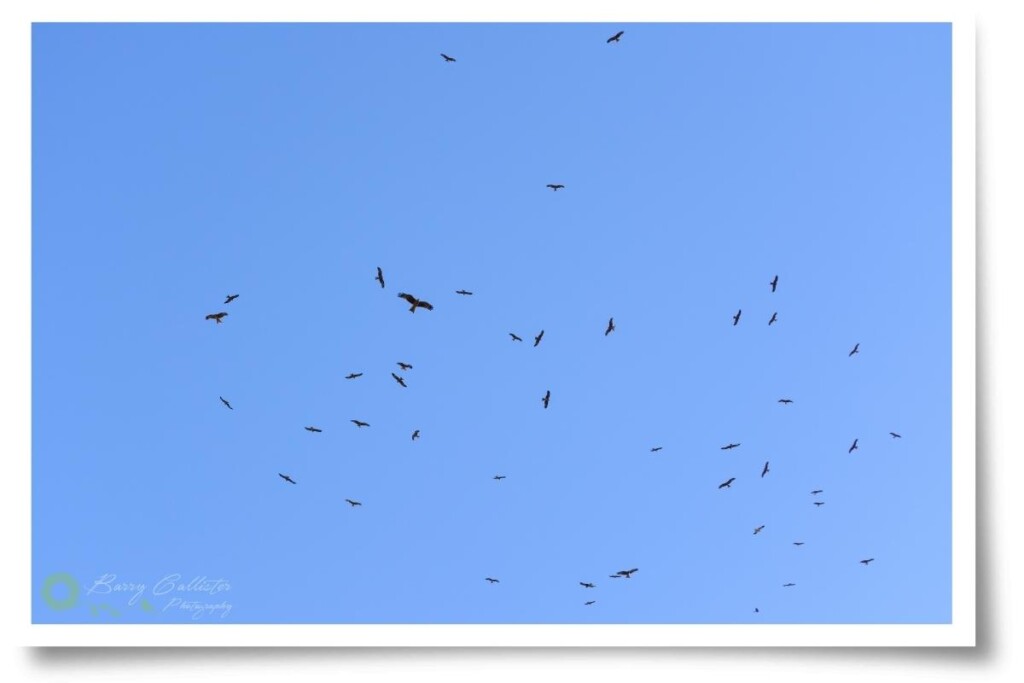
Want to know what birds do for fun? Find out right here in this article.
Which Birds Use Thermal Updrafts?
Many birds use thermals to glide and they are not all large birds either; some small songbirds do this technique too.
Some birds that like to ride thermals are:
- Buzzards
- Condors
- Eagles
- Falcons
- Harriers
- Hawks
- Kites
- Osprey
- Secretary Birds
- Choughs
- Ravens
- Woodswallows
- Sandhill Cranes
- Herons
- Stalks
Riding Winds Over Water
There are birds that spend most of their lives out at sea. These are called pelagic birds and they also make use of updrafts to glide across the waves.
One species of bird that are expert at this is Albatrosses.
Albatrosses are large birds. The Wandering Albatross has the largest wingspan of any bird on earth at between 2.54 and 3.51 meters (8.3-11.5 ft). They can also weigh up to 12 kg, this is a lot of weight and bulk to keep in the air!
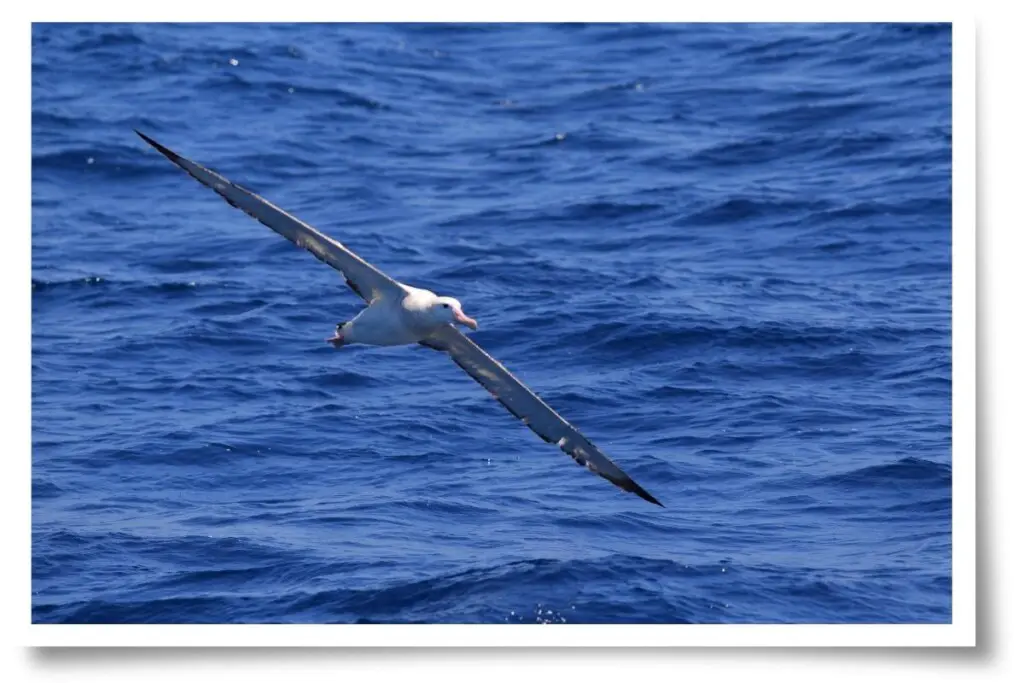
The technique albatrosses use is called dynamic soaring. This takes advantage of the fact that wind velocity right at the surface of the water is zero but increases higher above the surface.
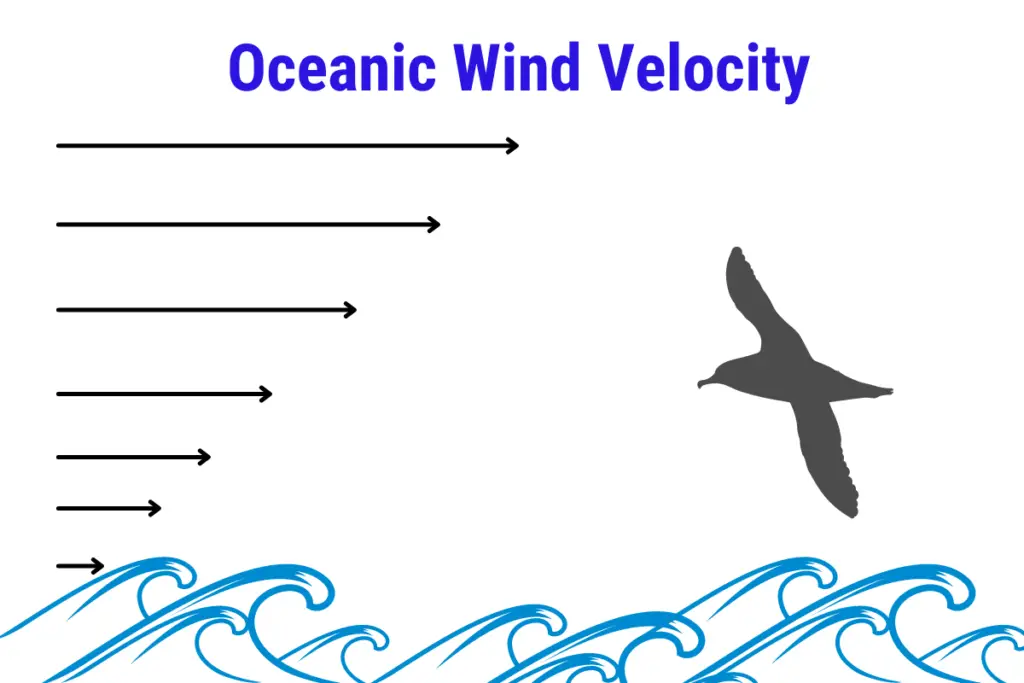
This means if a bird flies into the wind and slowly gains altitude, it will also experience an increase in velocity. This can be exaggerated by flying down into wave troughs and then rising over the crest of the next wave.
By using this technique, Albatrosses can stay aloft for 1000s of kilometers without flapping their wings even once.
Albatrosses do not fly in full circles but instead in a series of arcing 180° half-circles as they glide through alternating layers of high and low wind.
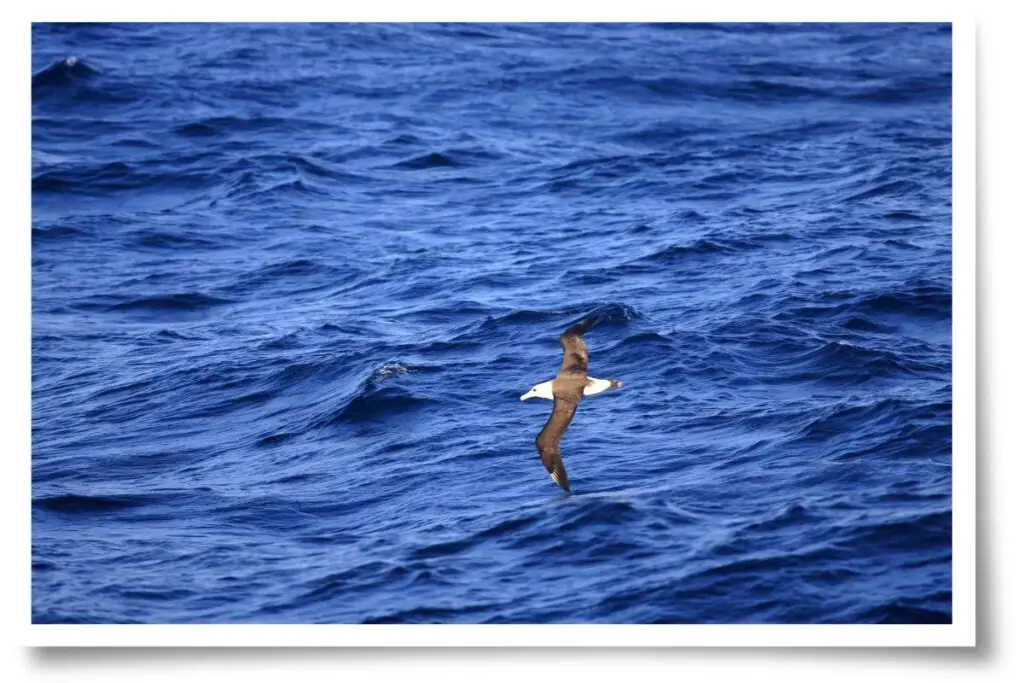
Birds find water in some remarkable ways. Discover them in this post here on my blog.
Why Do Birds Circle Dead Animals?
You may have seen vultures in real life or a movie, circling above a carcass or an animal or person close to death? Have you ever wondered why they do this?
Vultures will circle above a carcass to survey the area and make sure there are no predators around. If they land without checking the surroundings, they run the risk of being attacked and killed by any predators that may be close by.
A lot of the time, the dead animal has been killed by a predator so it makes sense to have a look to be sure the coast is clear.

This is all well and good but why would vultures circle over a living creature? They don’t eat live prey…
Vultures seem to have a sixth sense when it comes to death. Some believe that animals close to death give off a certain scent that vultures can detect from quite a distance. This may have something to do with certain chemicals that are created within a dying animal’s body.
The vultures will circle as they know the animal is close to death and they will soon get a meal.
Discover how birds keep clean in this article right here on my blog.
Why Do Pigeons Fly In Circles?
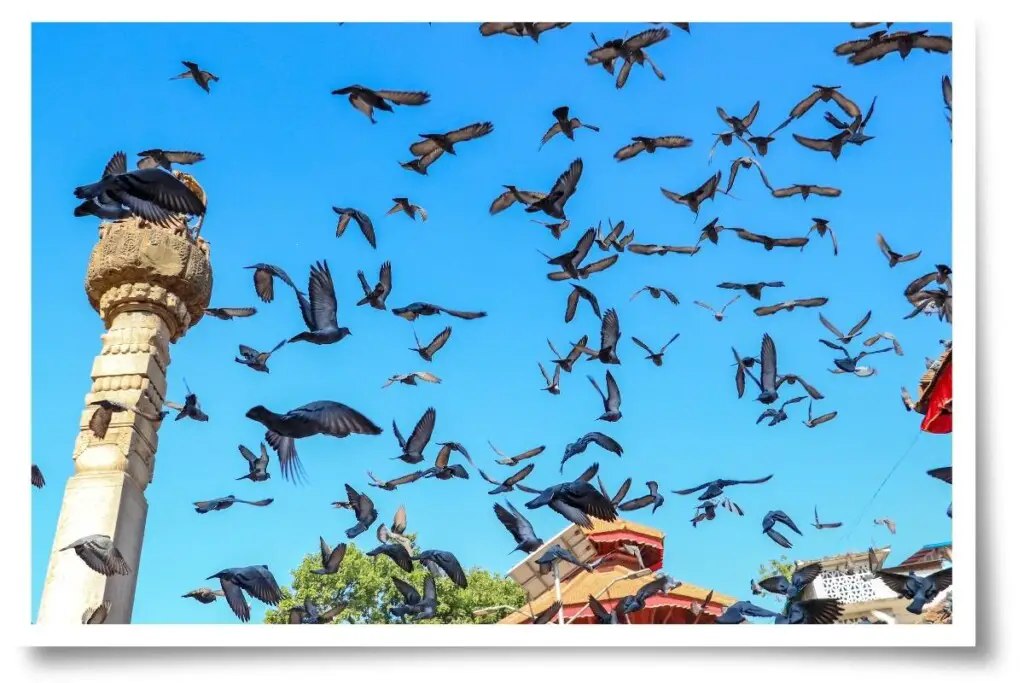
Birds of prey are not the only birds that fly in circles. You may have noticed pigeons flying around in circles too? Do they also fly on thermal updrafts?
Pigeons do make use of thermal updrafts at times to conserve some energy. They also fly in circles to get their bearings. Pigeons navigate using their keen sense of smell; they will fly in circles to locate the smell that reminds them of home.
A Bird Literally Flew Circles Around Me
I wanted to include this little story. It is one of the most incredible moments I have had with a bird and it is appropriate for this post.
Years ago my family and I lived in a beautiful timber home on 2 acres, surrounded by gumtrees. It was nestled in the hills of the Dandenong Ranges, 4 km (2.5 mi.) outside a town called Gembrook in Victoria, Australia.
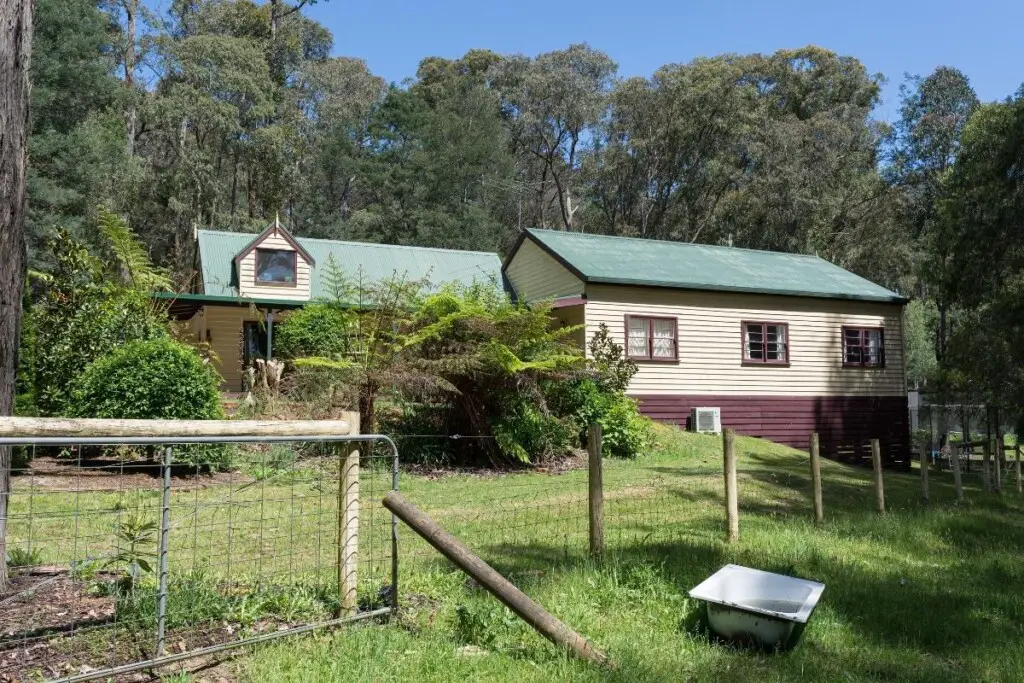
I spent a lot of time on the 2 acres with my camera, photographing birds, insects, and the other wildlife we would see. This particular day, I was strolling along the grass with my camera between the fence and the garden in the photo above, looking for something to photograph.
Some movement caught my eye off to the right of me. When I turned to look, I saw a Willie Wagtail flying right towards me at full speed. Willie Wagtails are small passerine birds around 19-21 cm (7.5-8.3 in.) in length that are native to Australia.
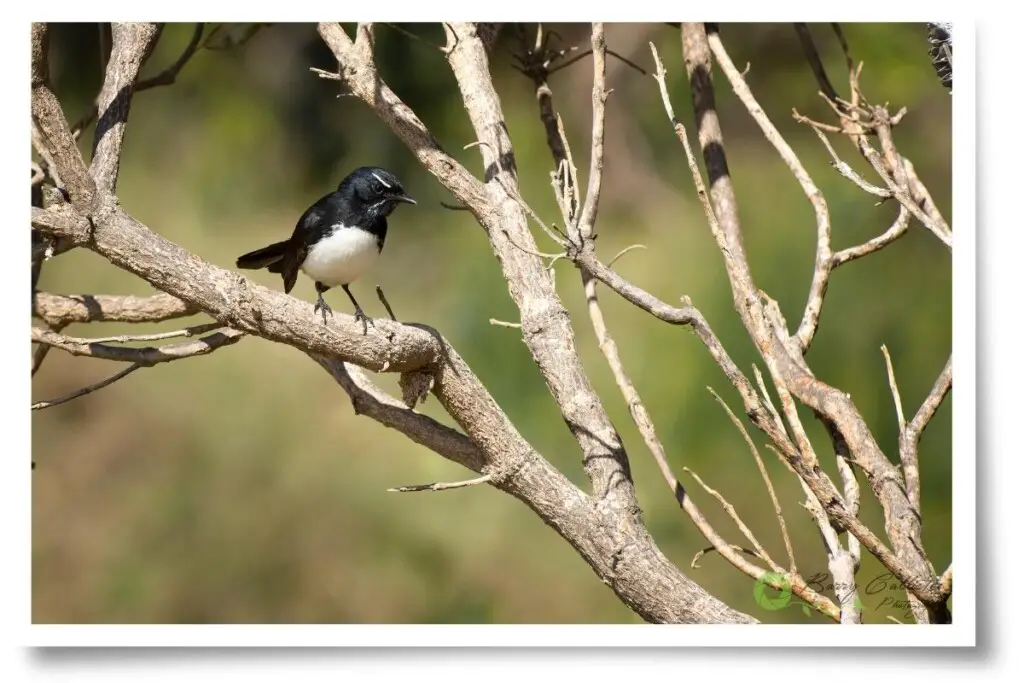
Now obviously, I wasn’t scared to see such a small bird hurtling towards my face but it did unnerve me a bit when it failed to change course!
Just when I thought I was going to have to duck to avoid it striking my face, it changed direction in a snap and began circling me at great speed. It was within arms reach!
For a second I considered bringing my camera up and attempting a photo. As I had a 55-200mm lens on the camera at the time, I decided to just enjoy the moment as it was simply too close to focus on.
How much zoom do you need for bird photography? Find out in this article.

This beautiful little thing flew around me, standing there wide-eyed and totally gobsmacked, about four or five times and then simply flew off. I stood there with my mouth agape in awe of what had just happened.
As I started to wonder why it had done that, I noticed the tiny insects flying around me. I had stopped in a small group of flying bugs. The willie wagtail had swooped in to take advantage of a quick snack regardless of the human standing in the middle of them.
This is another reason why birds may fly in circles. If you ever notice birds flying loops around an object, it could be because they are catching insects.
References
- Cornell Lab Of Ornithology’s Handbook Of Bird Biology
- The Life Of Birds – Joel Carl Welty
- A Closer Look at How Vultures Lazily Circle in the Air – audubon.org
- Thermals – Nelson science 10 : concepts and connections (pg. 210)
- What Are Convection Currents? – sciencing.com
- The secret to the albatross sustained flight: staying crosswind at all times – zmescience.com
- List of soaring birds – Wikipedia
- Birds of the World – The Cornell Lab of Ornithology

